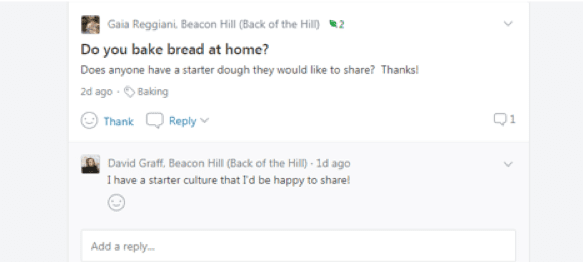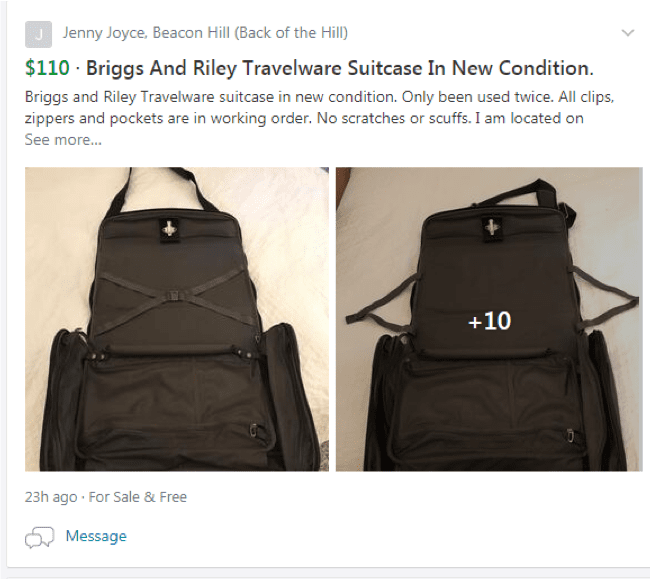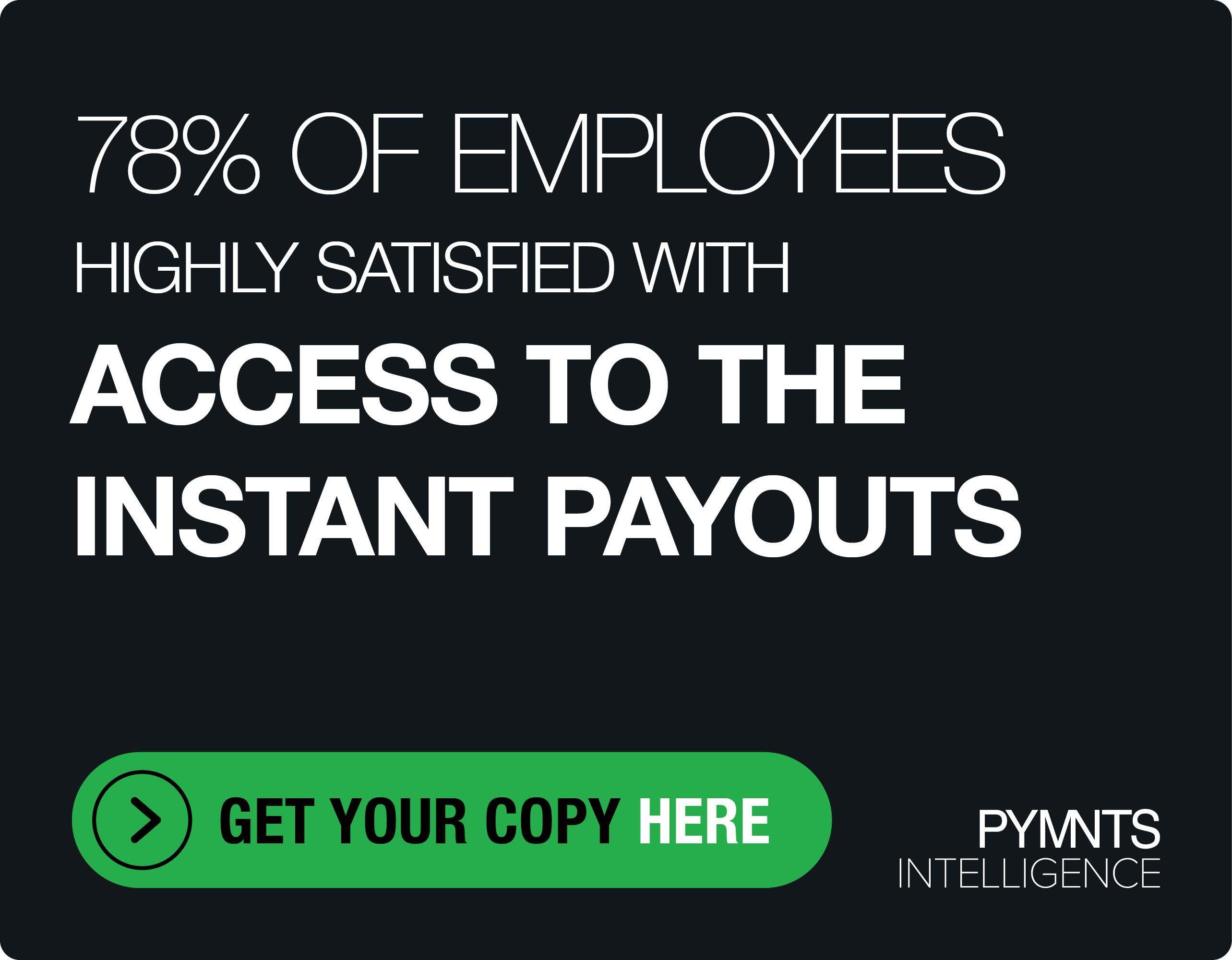Why Anyone Can Be A Unicorn Now

It started with a postcard that was slipped under my front door in Boston last fall.
It was an invitation to join an online neighborhood group.
This group would bring need-to-know information about local comings and goings to a dedicated news feed and would also send email updates to my inbox. It was positioned as one of many such groups around the world, and a source for-the-neighborhood, about-the-neighborhood, with the aim of keeping communities stronger and safer.
It sounded like a pretty good idea and a useful resource.
With 3,400 households, Beacon Hill is a relatively small, quiet neighborhood in the shadow of the State House in Boston. Aside from the free weekly Beacon Hill Times newspaper – still delivered in paper form to every front stoop of the houses in the area – there is no source of information about things like neighborhood street repairs, street closings, police activity, zoning and renovation-related issues, film production crews or other events.
A week earlier, I recalled hearing lots of helicopters circling the State House at about 7:30 at night and wondered what was going on, but there was no easy way to find out. I thought being part of such a group would be a valuable resource for those sorts of real-time updates – so I signed up.
It wasn’t long before I deactivated my account.
Instead of useful information about-the-neighborhood, for-the-neighborhood, I was getting spammed by dog walkers and babysitters advertising their services, people selling used furniture, private landlords from places outside of Beacon Hill advertising cheap apartments to rent, and ads for Maytag washers and dryers.
It was like the worst of Craigslist, but now delivered to my inbox. Not exactly as advertised, and not at all what I expected. I didn’t sign up for spam emails.
I shrugged it off as another dud of a platform concept that would fizzle – and never gave it another thought.
Until I saw the news last week that this company, Nextdoor.com, had raised $123 million at a valuation of $2.1 billion.
I had two reactions.
Huh?
And, I’ll have what they’re having.
The Valuation Next Door
Nextdoor.com was founded in 2008. It went live in 2011. Nextdoor.com has raised a total of $408.2 million since its founding.
I discovered that when the company raised $110 million in May of 2015 at a $1.1 billion valuation, it had not a dime in revenue. Nada. Zippo.
After being in the market for seven years.
And not having much of a critical mass of neighborhoods or users to show for it.
In 2016, it was reported that Nextdoor.com had roughly 100,000 neighborhoods, at a rate of 20,000 per year – globally! – on its platform. Its then-CEO was quoted as saying he expected to have 85 percent of U.S. neighborhoods on its platform by the end of that year.
That makes it hard to know what percentage of neighborhoods that 100,000 represented – remember, 100,000 was a global number – and how many more were needed to achieve an 85 percent penetration rate.
But I think it was probably a lot, especially according to how Nextdoor.com defines a neighborhood.
The platform recognizes legit neighborhoods as defined by Maponics geographic boundaries. But anyone living outside those defined areas who can find at least 10 households can create a neighborhood, too. Nextdoor.com’s platform supports both definitions of a neighborhood, including some that are very, very small.
By 2017, Nextdoor.com had raised a total of $200 million and had 150,000 neighborhoods, globally, as part of its platform, reporting “tens of millions” in advertising revenue. Not surprisingly, Nextdoor.com’s monetization scheme is to sell ads that appear in the neighborhood newsfeeds.
Today, with a total of $408.2 million in funding at a $2.1 billion valuation, Nextdoor.com reports 236,000 neighborhoods globally. Nextdoor.com’s new CEO is Square’s very talented and well-respected former CFO, Sarah Friar. There isn’t available public information on how much Nextdoor.com is generating in revenue or whether the platform is profitable.
Nextdoor.com describes itself as “the largest social network for neighborhoods, enabling local conversations in order to build stronger and safer communities.” There is a lot of talk on its website about turning “community conversation into clothesline conversations” and sharing helpful information about finding lost dogs, hiring babysitters and getting updates from public agencies.
Investors were quoted last week as saying the vision for Nextdoor.com is to become a hyperlocal commerce platform that connects commerce with the community.
Based on my experience, Nextdoor.com is a platform with a lot of VC funding that – 11 years later – is still searching for a purpose.
And this is from someone who once signed up hoping it would be all of that and more.
Will You Be My Neighbor(hood)?
Nextdoor.com says it has penetrated 17 percent of the 3,400 households in Beacon Hill, and reports 702 households on the platform. My guess is that many of the people who are counted as part of the Beacon Hill Nextdoor.com neighborhood haven’t deactivated their accounts, but have simply blacklisted the emails or just chosen to ignore them, and don’t bother to engage.
And why would they? There is not much to engage with.
Instead of useful updates from police or community officials, the news feed is jammed with posts like this one: getting a recipe for starter dough.

Or annoying streams of posts like this one: classified ads for used stuff.

As for turning these neighborhood feeds into hyperlocal commerce engines for the local community businesses, I don’t see that, either. Neighborhood residents probably already know a lot about the businesses they visit in their neighborhoods.
Those businesses would only be interested in advertising on Nextdoor.com if they were convinced that there was a new set of eyeballs that would pay attention and convert – and drive incremental business their way.
And that it was a better investment than advertising in the local papers. In Beacon Hill, the Beacon Hill Times charges a whopping $160 an issue for an eighth of a page ad and has a circulation of 8700 people. Those 8,700 people are bound to give it at least a cursory look-see, since they either have to pick it up or step over it to get to their front doors. And it might get more than a passing glance, since it’s a publication that doesn’t just have Craigslist ads in it, but also crime and safety, local business and public agency updates and the occasional profile of a local business establishment and its owner.
I know what you are thinking: Karen, you really aren’t very neighborly, are you? If the definition of neighborly is to have clothesline conversations with people living in Beacon Hill, I guess that would be a no. But if it is to post and consume and react to content about issues related to living in Beacon Hill, and making the neighborhood better and safer, then yes, I surely am.
I would imagine that in this day and age of time-starved consumers with pressing work and family demands, I am probably not that unusual. Even though Nextdoor.com thinks we all need to be a little more social, I think people really just want to be more dialed into what’s going on where they live and how it could impact them.
For instance, Nextdoor.com would have been immensely valuable to me and others in the neighborhood if it provided updates on the new luxury hotel opening on Charles Street that we have watched being built for more than a year.
Or tell us why the cute little Peet’s Coffee Shop closed. Or whether a new restaurant would be moving into the Lala Rokh’s space on Mt. Vernon Street.
Or what the deal is with all of the street and sidewalk repairs going on all over Beacon Hill.
Or whether they ever caught the person who was seen stealing FedEx packages from the front steps of a house in Beacon Hill.
And if all of that came interspersed with a list of dog walkers or chimney sweeps, that would be fine, too – even if they paid for ad placement.
But Nextdoor.com isn’t that mix of content pointing to perhaps one or two things – maybe both.
First, there aren’t enough people engaged with the Nextdoor.com platform to know, care or share. Also, there’s a lack of access to the third-party content feeds that can provide it.
Ads without relevant content added to the mix are a dead end. No great content, no user engagement. No user engagement, no users. No users, no advertisers. No advertisers, no revenue. No revenue, no business.
What’s in a Valuation?
The news of Nextdoor.com’s capital raise and $2.1 billion valuation happened at the same time that media and analysts continue to pile onto Uber – namely, its disappointing IPO performance, its valuation on the lead-up to the IPO and now its questionable market cap.
Those conversations started right after the Lyft IPO.
As you will recall, Lyft came out of the IPO gates surprisingly strong, opening at $78.29 on March 29 with a market cap of $24 billion. It closed on Friday (May 17) at $53.94. Lyft has lost $9 billion in value in the six weeks it has been a public company.
Lyft’s performance fanned the flames of the then-impending Uber IPO, and speculation about what the company was really worth — actually, both of them. The consensus opinion was that Uber’s valuation wasn’t anywhere close to the $120 billion that bankers said it was last fall, and maybe not even the $85 to $90 billion estimates of Uber’s IPO pricing.
Some valuation experts even hoped for a busted IPO to deliver a “comeuppance” to the billionaires and private investors who they said had unfairly propped up a losing company for many years.
Nice.
Valuations aren’t my area of expertise, so I’m not well-suited to debate Uber’s valuation pre-IPO, current stock price and market cap. What is my area of expertise, though, is the business viability of platform businesses, as well as their risks and opportunities. And, in particular, whether platforms have enough of the right stuff to solve a friction big enough to get a critical mass of stakeholders on board, and to deliver and monetize value to its stakeholders, and scale.
On that score, it’s hard to dispute the significant and positive impact of Uber’s innovation on people and businesses around the world. An impact in much the same way that Amazon has had on retail, the iPhone on mobile, Facebook on connecting people all over the world and the card networks on how people can use debit and credit cards. And it is easy to see the future for Uber, with adjacent businesses like Uber Eats just getting started.
Like any business, Uber has threats to its long-term viability, including competition from adjacent businesses like Amazon and regulators who continue to protect the entrenched interest of the taxi industry. And there’s the question of whether Dara has the vision and mettle to move the company forward at this important moment in its trajectory in the same way Travis did when he founded it.
That’s why I find it incredibly ironic that as we debate whether Uber is a sustainable business with long-term value, money keeps pouring into platforms whose value seems as mythical as the unicorn status given to them by those investors.
The Unicorn Next Door
One of the many criticisms of Uber’s pre-IPO valuation is that it remained private for a decade, raising hundreds of millions of dollars from VCs, wealthy private investors and sovereign wealth funds while losing billions.
Minus the sovereign wealth funds, that seems to be the story of Nextdoor.com.
Maybe Beacon Hill is an antisocial outlier in a sea of neighborhoods around the world that have been dying for a social network of residents who swap bread recipes and share tips on hanging wall-mounted TVs.
It could also be that Beacon Hill is a neighborhood that has a bunch of residents who are oblivious to what’s going on and don’t really care.
I somehow doubt it.
The problem that Nextdoor.com must crack is giving users the information that neighborhood residents really value and is missing from other sources they can access today.
I think that is an uphill climb.
There are already plenty of sites where users can hire local dog walkers and babysitters, with reviews and recommendations.
There are local hardware stores that not only offer real-time tips on installing TVs, but can also sell what you need to do it.
There are 611 million Facebook groups with engaged members, comprising hyperlocal or interest-based social networks that regularly update their news feeds with relevant content.
There are apps where people with stuff to sell can post and sell it to a broad base of people — not only to those living in a single neighborhood of 10 or 300 or 701 households.
There are still the local newspapers that provide updates on crime and safety, sales at local businesses and how the high-school baseball teams are doing, which get readership.
There’s even a Neighborhood app, courtesy of Ring.com, the video doorbell company that Amazon bought, that connects Ring customers to an app with updates of break-ins, attempted break-ins and real-time feeds from the local police and public agencies on community matters.
There are also loads of recipe apps for finding recipes for starter dough, complete with videos.
All of these have created a critical mass of users to monetize either through ads or sales, and value great enough to keep them engaged and onboard.
To Dream the Impossible Platform Valuation Dream
All platforms choose a path when determining how they will start, ignite and scale. They can either go wide and provide a utility that lots of people can use regardless of where they live or work or what they do – or they can go deep and perfect a template in a particular vertical or geography, and then replicate that success in localities around the country and the world.
Trying to do both is impossible and sets up the platform for failure.
It’s a lesson that OpenTable learned between 1998 and 2001, when it tried to get into as many cities as possible, but found it didn’t have enough density of diners or restaurants to be attractive to either. They regrouped, refocused on San Francisco and Chicago and grew the platform from there, once it had achieved critical mass of diners and establishments.
Five years ago, in June of 2014, OpenTable was sold to Priceline.com for $2.6 billion, a $1 billion premium over its then-$1.65 billion valuation. It was reported at the time that OpenTable had seated 570 million diners over the last seven years at the 7,700 restaurants on its platform, most of which were in North America. Diners were growing at a steady 35 percent clip year over year. Priceline paid the premium because it saw an opportunity to leverage its global presence and scale the OpenTable platform outside the U.S., and found it to be an attractive company with a competitive advantage.
If you wonder why there’s so much confusion over valuations right now, maybe this example is just one of many reasons why.
Put another way, would you rather have one Lyft or seven Nextdoor.coms?
